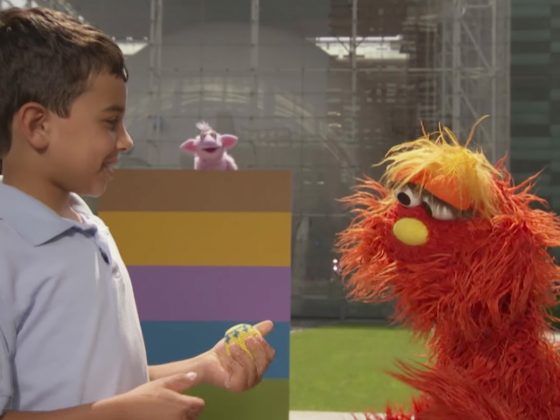
Measuring With Toys
Measure and measure some more to build your STEM skills.
Together, watch Murray and his friends experiment to find out how high different kinds of balls bounce. Explain:
- Measurement helps us tell size, distance, or quantity.
- Examples are: height, length, width, size, temperature, time, and weight.
- Examples of measurement words are inches, feet, hours, or degrees.
After watching, ask:
- “What did they want to find out?”
- “How did they test the balls?”
- “Which ball was the best bouncer?”
And…
Use measurement words as much as you can this week! (“Let’s measure how tall you are,” “Which of your toys is the heaviest?”, and so on). Give a high-five anytime children use a measurement word.
Measure outside. Take a walk and bring along non-standard measuring tools, such as a piece of ribbon, paper towel tube, or shoe (or just use your hands). Investigate: “How tall is that bush?” or “How far can you jump?”
Count the steps. Have children count steps to different places. How many steps to the bathroom or the toy bin? Which one is farther?
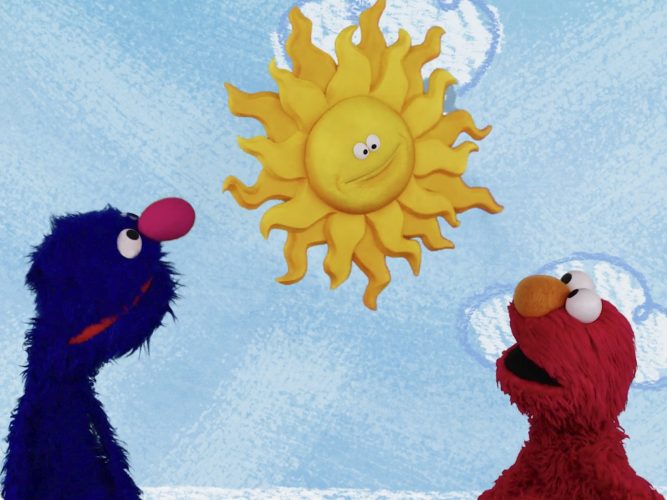
Elmo’s Wonderful World: Sun
Learn about our sun—a star that provides warmth, light, and energy for plants, insects, animals, and people to live and grow.
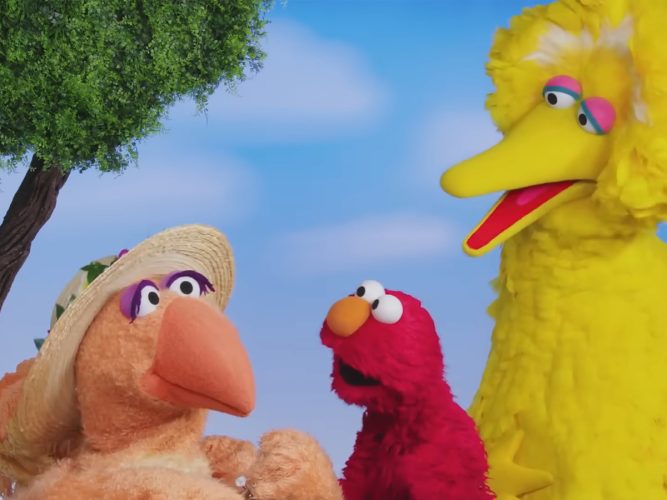
Sunny Days Song
Join Elmo, Big Bird, and friends to sing “Sunny Day” and see the beauty of Hawaii, from its beaches to volcanic mountains.
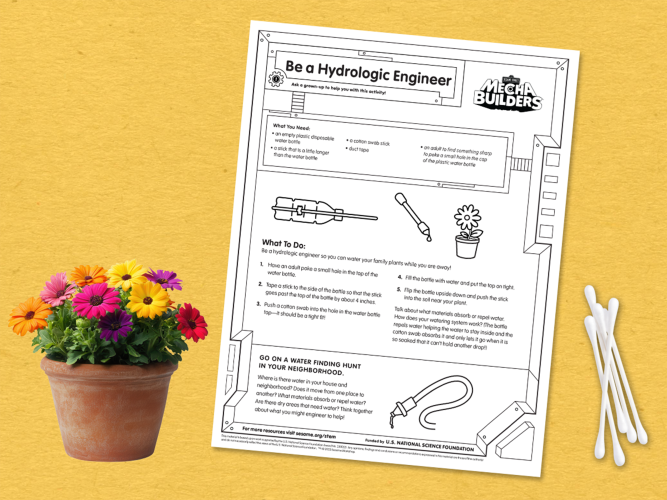
Be a Hydrologic Engineer
Be a hydrologic engineer, so you can water your family plants while you are away!
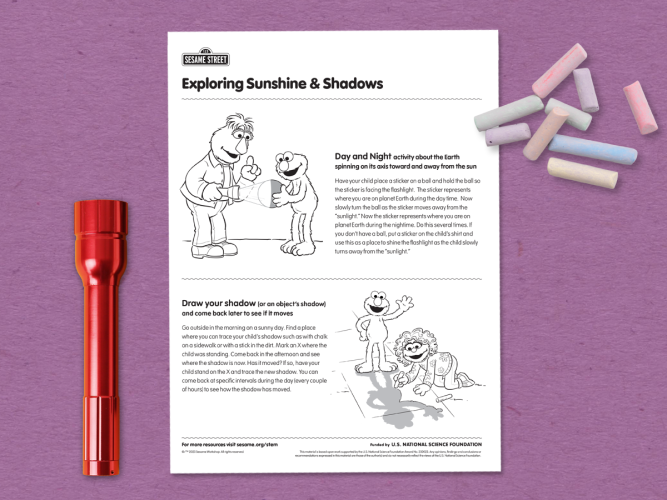
Exploring Sunshine & Shadows
A fun science experiment for kids to learn about the sun.
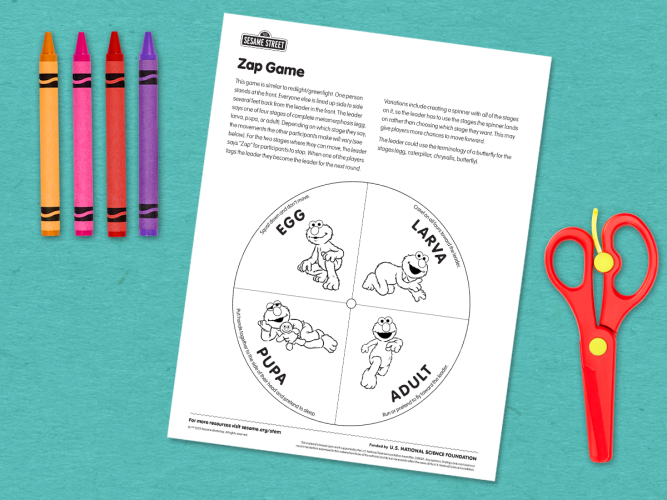
Zap Game
Play this fun game to learn more about insect metamorphosis.
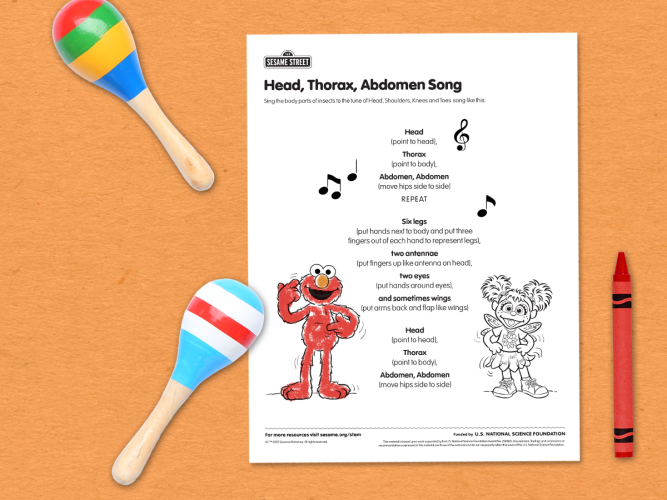
Head, Thorax, Abdomen Song
Learn about the body parts of a bug through this song.
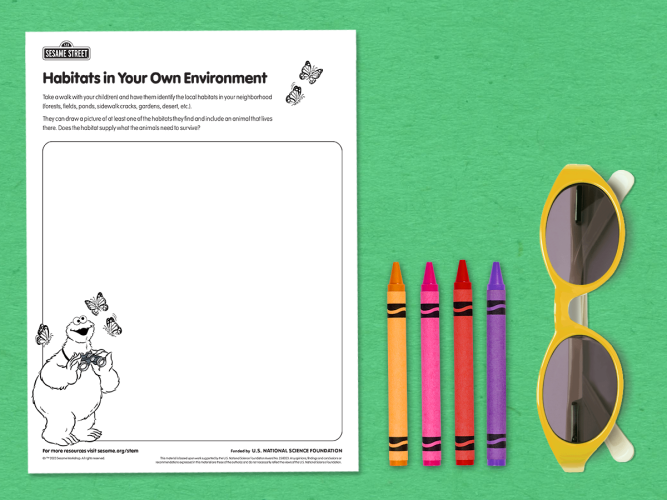
Habitats in Your Own Environment
Explore the habitats in your neighborhood with little ones.
